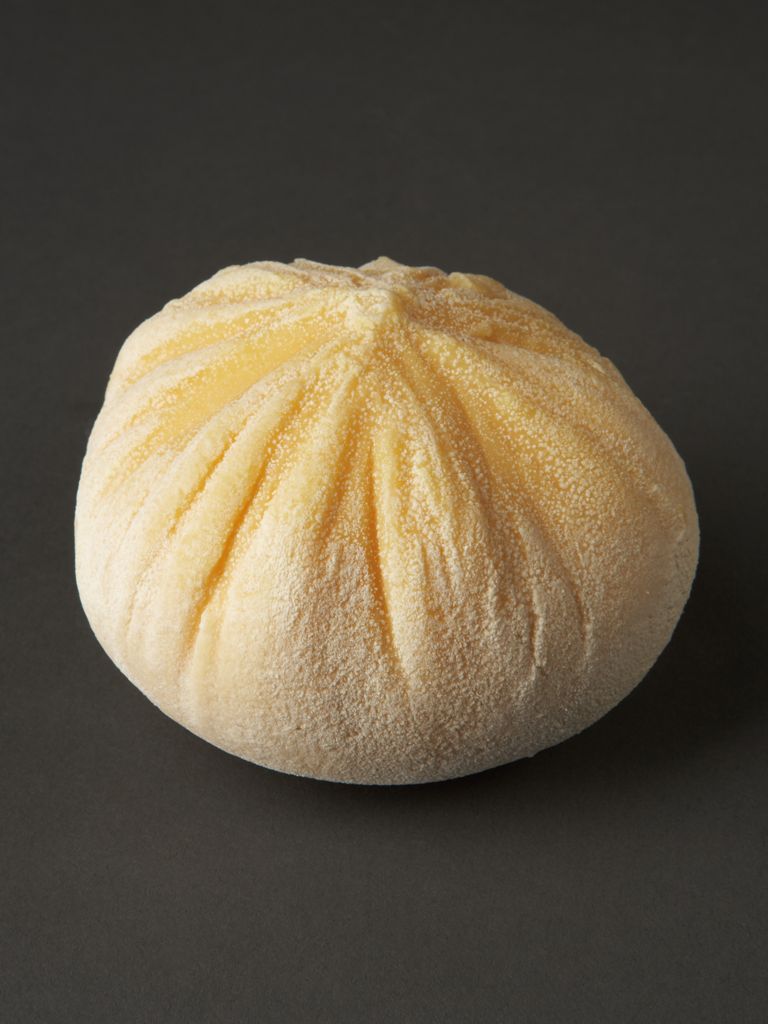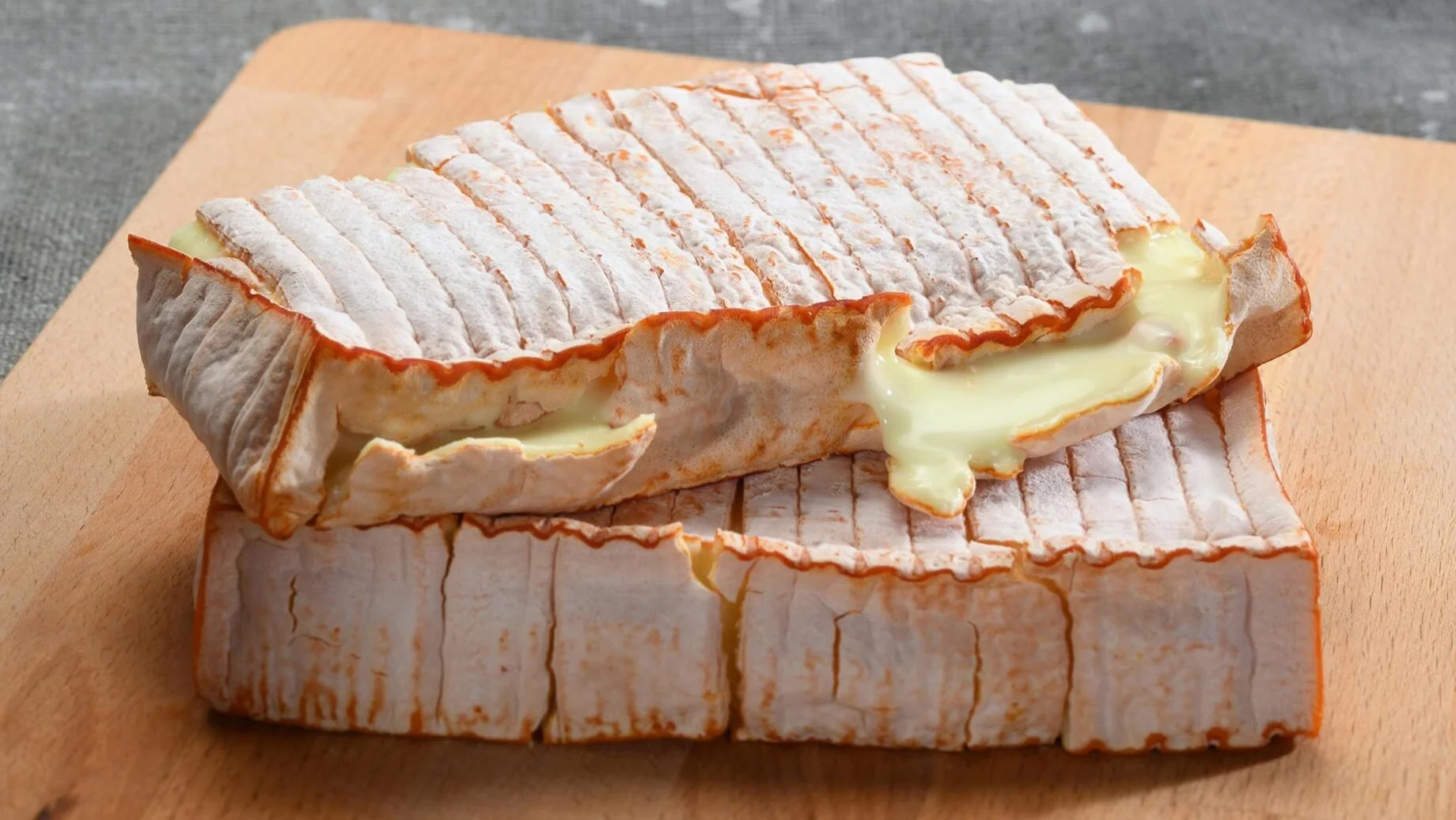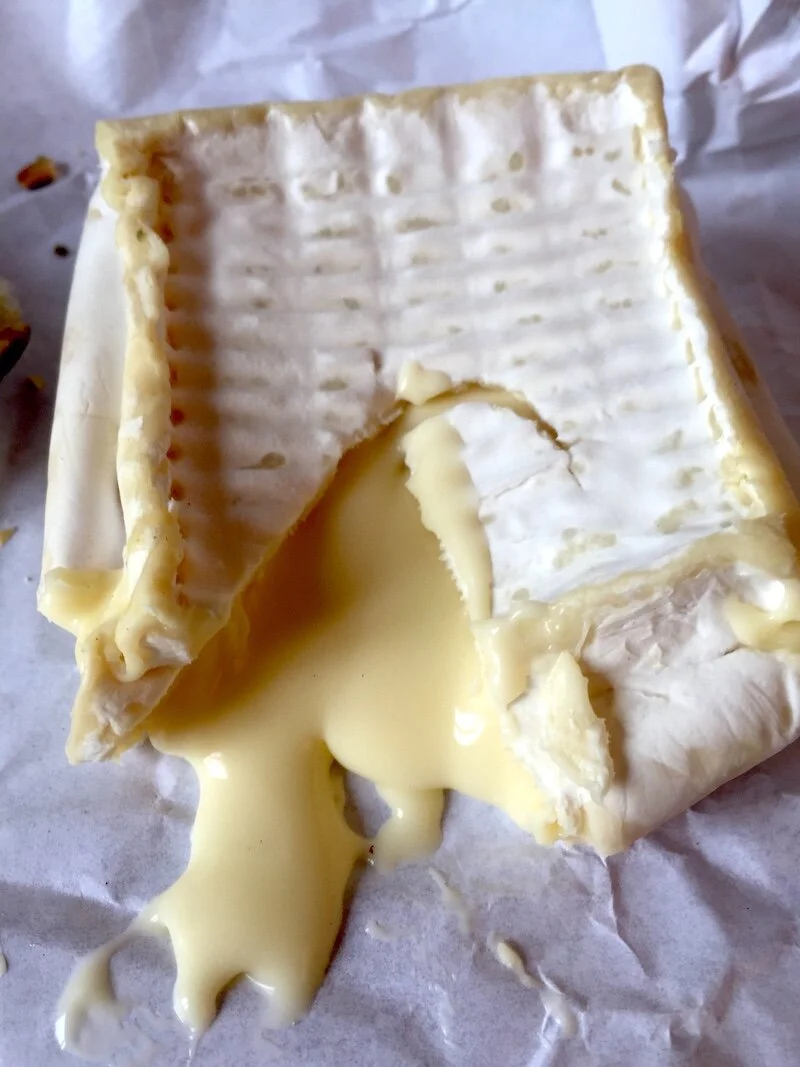Photo: ourdailycheese.com
World Cheese Encyclopaedia - Each Sunday learn all about a new cheese.
This week Afuega’l Pitu from Spain.
Photo: gourmetfoodspain.co.uk
Country: Spain 🇪🇸
Region: Asturias
Made from: Cow’s milk
Pasteurised: No
Texture: Smooth, can stick to the palate
Taste: Spicy, strong
Certification: DOP
Aging: From 5 days to several weeks
'Afuega’l Pitu' is one of the oldest Spanish cheeses. It is produced from full fat cow's milk in towns that dot the lower basins of the river Narcea and Nalón in the central Asturias-Northern Spain. It is made by curdling in a mould at a temperature of between 20 and 25 degrees, for 10 to 48 hours. During its preparation, animal rennet is added and its interior or rind may also be salted.
Photo: gourmetfoodspain.co.uk
The name literally translates to “stick in the throat” or “drown the throat” which is due to its tart, creamy and compact texture that heightens with age. The meaning is not literal, of course, but refers to how the texture can sometimes cause the cheese to ‘stick’ to the palate of tasters. It is produced from raw or pasteurized full-fat cow’s milk of the Friesian and Asturiana de los Valles breeds. The cheese making process involves curdling the milk at a temperature averaged around 27°C (81°F). This method involves strongly relying on the naturally occurring bacteria to convert the lactose of the milk to lactic acid, which then causes the proteins to “stick” together and form curds. Harder cheeses often employ the use of rennet instead of this process. This lasts anywhere from 10-48 hours after which the curdled product is added to molds and salted, all by hand.
Photo: Creative Commons/Dennisf
Depending on the milk used, the cheese is considered fresh if aged a minimum of 5 days for pasteurized milk or 60 days for raw milk. Two primary shapes exist for Afuega’l Pitu; either a squash-pumpkin shape (Trapu) or a cone (Atroncáu). Afuega’l Pitu is categorized based on these shapes and the presence of (Roxu) or absence of (Blancu) a smoked Spanish paprika that can be added. This paprika gives the cheese a red hue and distinctively characteristic spiciness. It can either be kneaded into the cheese during the cheese making process or the cheese can be rolled in it. Similarly, Afuega’l Pitu can be considered cured (matured), semi-cured, or soft (fresh) depending on the aging duration.
Photo: ourdailycheese.com
There are 4 types of Afuega’l Pitu: Atroncau Blancu, Atroncau Roxu, Trapu Blancu and Trapu Roxu. All of the above are molded by hand with the exception of Atroncau Blancu. The Blanco cheese is usually eaten fresh, while the Roxu-paprika version is eaten once matured. Though the cheese is produced all year round, the best type is the one made during spring and winter as the fat content of the milk is at its highest during these seasons.
History
The name 'Afuega’l Pitu' is derived from the "bable" Asturian dialect. It means 'choking cake' because its unusual texture makes the cheese stick to the taster's palate and pharynx. The name 'Afuega’l Pitu' also symbolizes one of the Spanish legendary custom ‘drowning the rooster’ refering to cheese producers feeding a piece of the freshly made cheese to a rooster.
How to enjoy it
Afuega’l Pitu is eaten either when fresh and slightly aired or once matured after several weeks in a fresh, damp, well-ventilated atmosphere. It is usually tasted as a "tapa" or dessert, generally accompanied by bread.
Photo: Lustau.es
Since the blancu or white version of Afuega’l Pitu is usually served fresh, it has a creamy, yogurt-like consistency. There is a slight degree of salinity and the pate is easily spreadable. The rind is often termed as “pasty” and can have mold on it if the cheese is of an older vintage. Earthy notes, a noticeable acidity and the accompanying texture make this a nice appetizer or dessert cheese that would pair well with something sweet. Figs, honey, and dried fruits with low acidity would be good suggestions. A sweet red or white wine would compliment this cheese best.
The roxu version of Afuega’l Pitu has spiciness that must be taken into consideration. Since this style of the cheese is usually aged longer, it has a stronger flavor profile with noticeable hints of grass and mushrooms. A crunchy, hearty bread or cornichon would pair best with this. A dry sherry would be a nice accompaniment.
Source: Wikipedia, cheese.com, spain.info, ourdailycheese.com,
Looking for a different cheese? Search the whole cheese encyclopaedia here.































